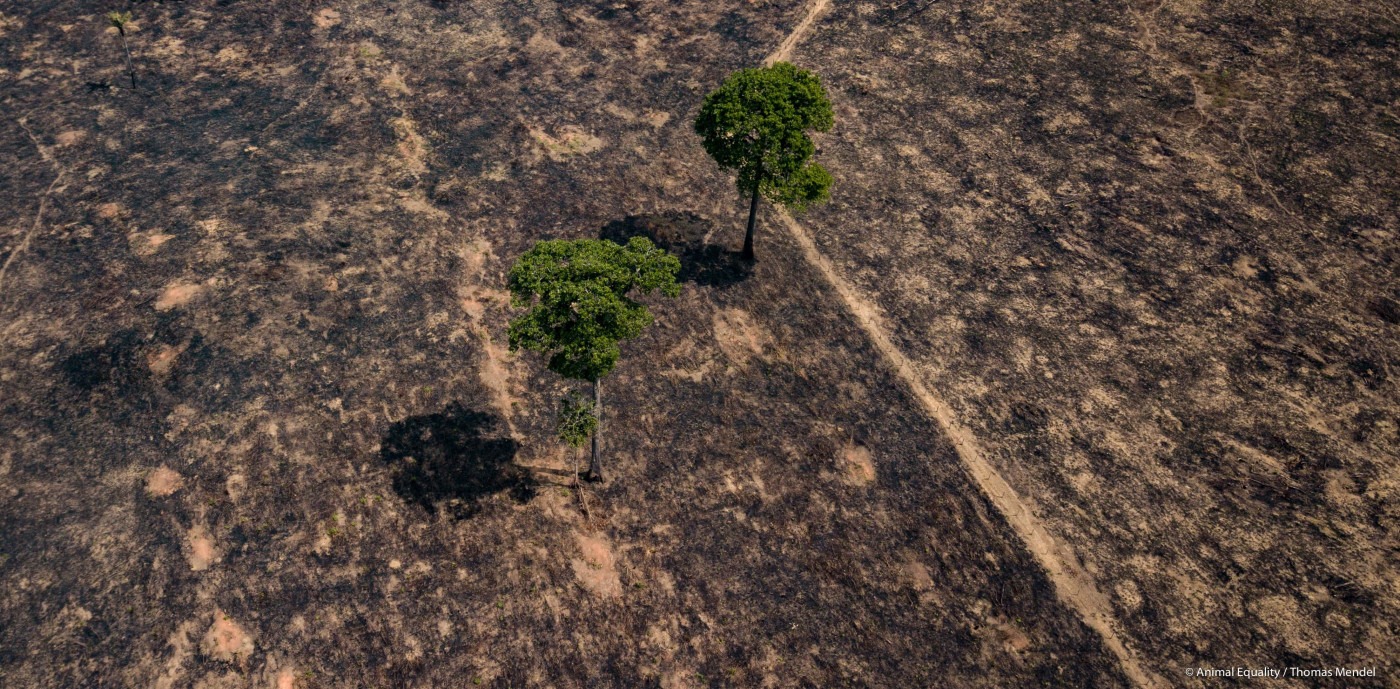Is carbon offsetting merely a form of greenwashing?
It’s easy to recognise the allure carbon offsetting poses to the individual consumer. You can avoid great personal sacrifice and continue to travel to exotic destinations, eat your favourite foods, and shop, all guilt free! By investing a small amount, we can buy our way out of the environmental crisis facing us. Of course, this is all in theory. The following will discuss the reality behind this idealistic mirage.
Carbon offsetting is based on the idea that people and corporations can purchase credits to neutralise their own emissions, either through tree planting, carbon capture factories or through avoided emissions preventing deforestation. The following will focus on rainforest protection credits that make up 40% of all offsetting schemes, through which brands are able to attach their own image to idyllic ecosystems that would supposedly not exist without their protection. However, issues have arisen regarding what constitutes a ‘threatened’ area of rainforest and the corresponding calculation of carbon produced, had the destruction gone ahead.
People and corporations can purchase credits to neutralise their own emissions
Deeply unstable predictions are generated, given the constantly shifting political and economic status of individual areas. For example, approved carbon offsetting models may have protected the Brazilian Amazon during the presidency of Jair Bolsonaro, under whom deforestation reached its highest rate since 2008. However, the rainforest is no longer under the same level of threat under President Lula who strives for net zero deforestation, rendering the models outdated. Companies are therefore sold phantom credits in connection to a forest that is no longer under threat based on overly pessimistic forecasting. Offsetting is further evidenced as an ineffective method of combatting climate change in Colombia. The world’s largest greenhouse gas crediting program, Verra, claims to have stopped 103 thousand hectares of deforestation in the Amazon, thus generating 22 million credits. However, investigations into these claims reveal that no deforestation has been prevented. In total, 94% credits produced are worthless in carbon terms.
Not only is carbon offsetting frequently inaccurate and ineffective, it also threatens the social stability of areas in the developing world. The Guardian carried out an investigation in 2021 into Alto Mayo, Peru, to illuminate ways in which carbon offsetting threatens the human rights and livelihoods of its inhabitants. Disney has gained 40% of its carbon credits from the area, yet has simultaneously created conflict and discord among the communities there. People fear that signing conservation agreements threaten their rights to ownership of their homes and farms, leading to violent conflict with police and rangers who have reportedly demolished 50 houses to protect the area. When confronted with these issues, the conservation project refutes abuses of human rights and claims it is “necessary to protect the area from illegal logging and land grabbing.” Here, we recognise Western powers causing violent disruption to the Amazon’s inhabitants in a desperate plight to justify their own production of emissions.
Companies are therefore sold phantom credits in connection to a forest that is no longer under threat
An additional concern stems from the particular industries that utilise carbon credits. Offsetting provides a mechanism by which oil and gas companies can continue to pollute while reassuring critics that emissions are being cancelled. For example, Shell set aside 450 million US dollars to invest in carbon offsetting projects. Emissions trading, therefore, legitimises their actions to the general public without acknowledging that it is necessary to cut emissions by 3.4 gigatons of carbon dioxide a year to reach the Paris Climate Agreements’ aim to achieve net zero by 2020.
Overall, the monetisation of carbon emissions justifies the continuation of environmentally destructive practices. This takes momentum away from the vital development of alternative means of sustainable energy production required to combat the disastrous impacts of our rapidly rising global temperatures.

Comments